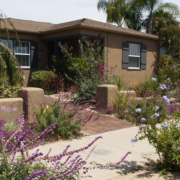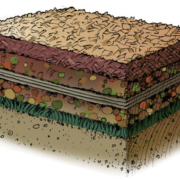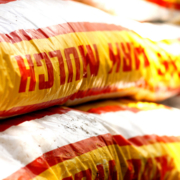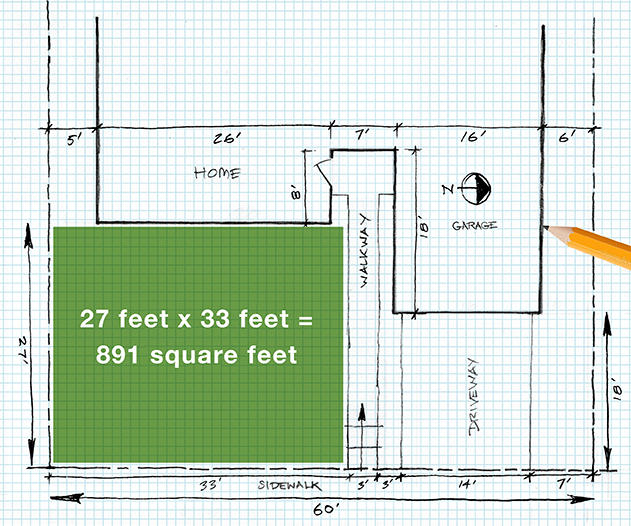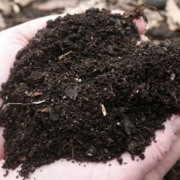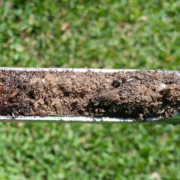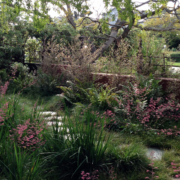How Low Can Your Landscape Water Savings Go?
In places like San Diego County where water is a very precious resource, landscape designs that use the least potable water necessary are a growing part of the regional ethic. That means property owners should think about the efficiency and sustainability they can achieve in their landscaping.
As a general rule, it’s smart to maximize your ability to capture and use rainwater, and reduce, if not eliminate, your reliance on potable water for irrigation. When you compare how much water an efficient landscape design needs compared to your existing landscape, you can estimate your water savings.
To calculate landscape water use, the four key variables are:
- Landscape Area (LA) – the square feet of area being landscaped with plants that require irrigation
- Evapotranspiration (ET) – this is the number in inches based on your San Diego Climate Zone
- Plant Factor (PF) – This is moderate, low, or very low depending on your plant selection
- Irrigation Efficiency (IE) – There is no such thing as a perfect irrigation system. Many factors can limit efficiency and impact both your water use and the health of your plants.
Let’s assume your landscaped area is 1,000 square feet, with an ET of 51 inches annually, and IE of 0.7. Now, look at the difference your plant selection can make in water use:
Example 1: High Water Use plants (PF of 0.8) = 36,137 gallons of water per year
Example 2: Moderate Water Use plants (PF of 0.5) = 22, 586 gallons of water per year
Example 3: Low Water Use plants (PF of 0.2) = 9.034 gallons of water per year
Example 4: Very Low Water Use plants (PF of 0.1) = 4,517 gallons of water per year
Based on these examples, you could save 17,103 gallons of water every single year by selecting very low water use plants instead of high water use plants.
This article was inspired by the 71-page Sustainable Landscapes Program guidebook available at SustainableLandscapesSD.org. The Water Authority and its partners also offer other great resources for landscaping upgrades, including free WaterSmart classes at WaterSmartSD.org.

